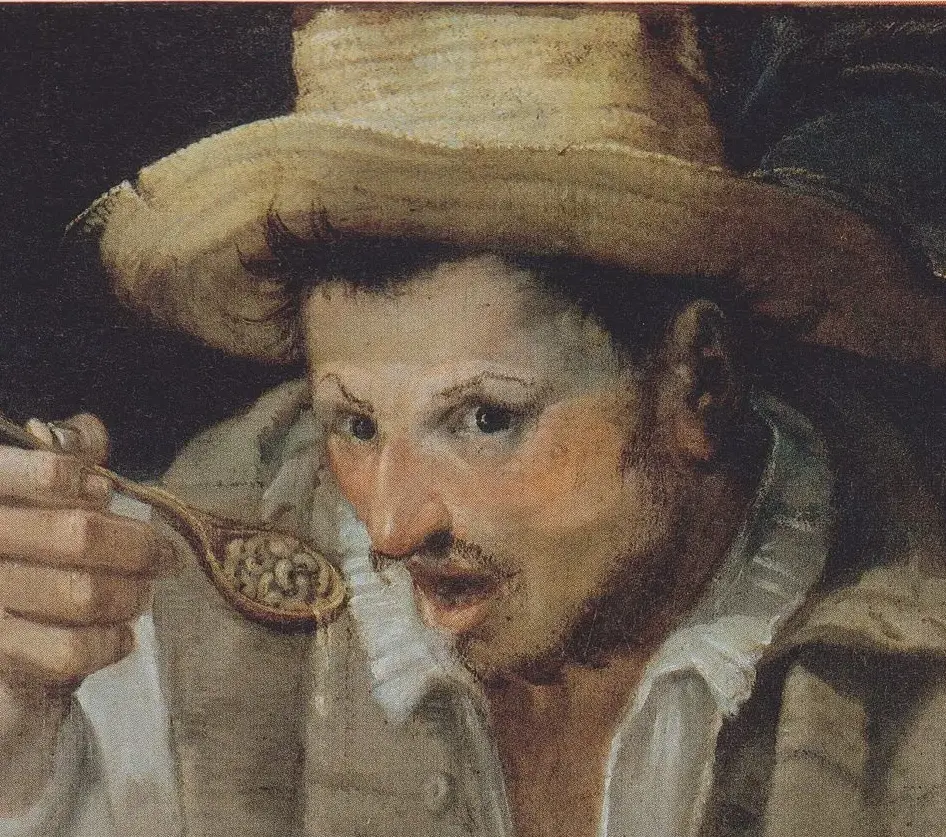- cross-posted to:
- [email protected]
- cross-posted to:
- [email protected]
cross-posted from: https://lemmy.world/post/37392981
“The Militarization of the Police Department – Deadly Farce,” an original painting by Richard Williams from “The 20 Dumbest People, Events, and Things of 2014″ in Mad magazine #531, published by DC Comics, February 2015.
via tumblr - please see the original link for original authors
Here’s the original, for comparison. And here’s a bit more about the artist and why he created the piece above for MAD Magazine.
Richard Williams on Norman Rockwell:
“For most people, he was the painter of ‘America,’” he added. “But even he said his vision was what he wanted ‘America’ to be. It was a mythical ‘America,’ a place where all people were decent, honest and full of good will. His work was full of gentle humor that made you feel a little better; even if you knew it wasn’t really true… you just wished it was. My parody of Rockwell’s painting simply says, ‘That myth is dead.’”
I think it’s relevant to add that even Norman Rockwell chose to leave his cushy job at the Saturday Evening Post because he wanted to make artwork that was more radical. The Post had rules that wouldn’t allow him to do artwork depicting black people as anything other than servants. The job paid really well and that was a huge reason he continued on. But he wanted change that and so he moved to Look magazine.
A lot of people know about the very first piece he did when he left the post which was the The Problem We All Live With which depicts Ruby Bridges walking to school under federal protection.
But I don’t think enough people know about Murder in Mississippi which depicts three real civil rights activists who were murdered by the Ku Klux Klan and sherriffs. The magazine ran the sketch instead of the finished piece because they felt it had a more striking statement to accompany the article.
Norman Rockwell would finish that version after publication which is here
Rockwell’s legacy is sanitized because he decided to maintain his job at the Post for so long despite his frustrations with not being able to express himself. The civil rights movement was just his final straw to change what he could with the little time he had left. Look magazine received a lot of hate for Rockwell painting these as well.
Another favorite piece of mine is The Right to Know which depicts an integrated populace questioning their government. In 1968, the year of Vietnam and the year the Fair Housing Act only just got signed in months prior:
But I think it’s important to include the caption Rockwell originally wrote for the piece as well. I think it represents how a 74 year old Rockwell felt about the America he believed in and the people in it:
We are the governed, but we govern too. Assume our love of country, for it is only the simplest of self-love. Worry little about our strength, for we have our history to show for it. And because we are strong, there are others who have hope. But watch us more closely from now on, for those of us who stand here mean to watch those we put in the seats of power. And listen to us, you who lead, for we are listening harder for the truth that you have not always offered us. Your voice must be ours, and ours speaks of cities that are not safe, and of wars we do not want, of poor in a land of plenty, and of a world that will not take the shape our arms would give it. We are not fierce, and the truth will not frighten us. Trust us, for we have given you our trust. We are the governed, remember, but we govern too.
Regarding Norman Rockwell, I also want to shout out “New Kids in the Neighborhood (Moving Day)” in 1967:
Also for LOOK magazine, but leaning on his themes of youth and suburban life. Expressing both hope for the curiosity and open-mindedness of children, and the bitter recognition of the suspicion of adults towards racial integration (see the face peeking out of the window in background). It’s notable that this is what he wanted America to be, too. He hoped for a better future.
I think that MAD Magazine artwork is really good and really poignant, and it’s also interesting to put it in conversation with Norman Rockwell’s own political evolution in his art as well.
The Post had rules that wouldn’t allow him to do artwork depicting black people as anything other than servants.
wtf?!?
There was just a post here a few days back about that. Rockwell was not afraid to tackle issues about race despite his very popular images of white people with any PoC as background characters.
Hasn’t wapo always been the billionaires propaganda paper?
Dunno, this is talking about https://en.wikipedia.org/wiki/The_Saturday_Evening_Post
Thanks for the extensive write up, I’d seen The Truth We Live With not didn’t know its place in, or the scope of, Rockwell’s career & political expression.
Just fyi it’s from this Tumblr post:
I was hoping it was from Lemmy/fediverse so I could read more from them
It’s fantastic to have it posted here though! Thanks OP!
Yeah this has altered my view of Rockwell radically (pun intended); based on his most well known works I had always assumed him to be something of a propagandist or mouthpiece.
I am chagrined by my ignorance and grateful to have been corrected.
This post has just enough info for me to feel like an educated grown up, but not so much that my brain gets overwhelmed and shuts off, so thanks!
Thanks for the great write up! I had no idea abour N.R’s later work.


